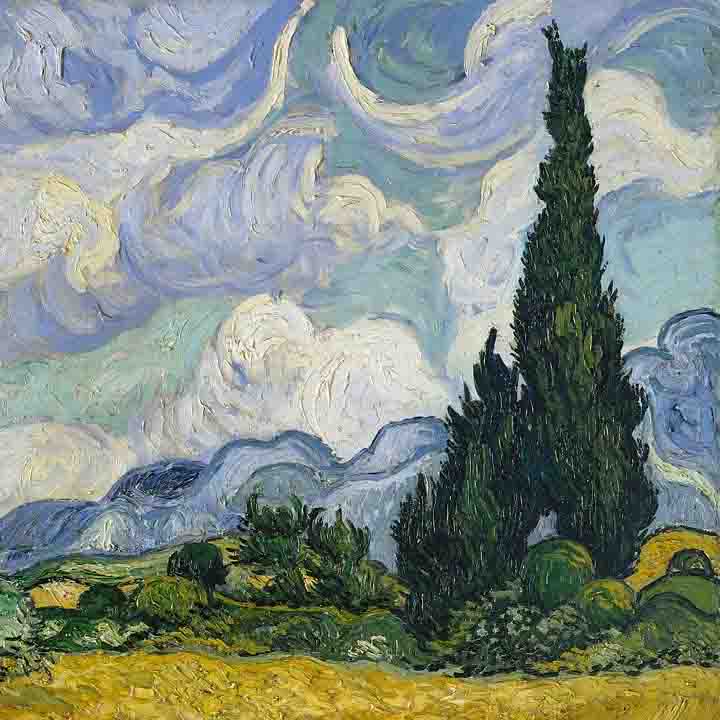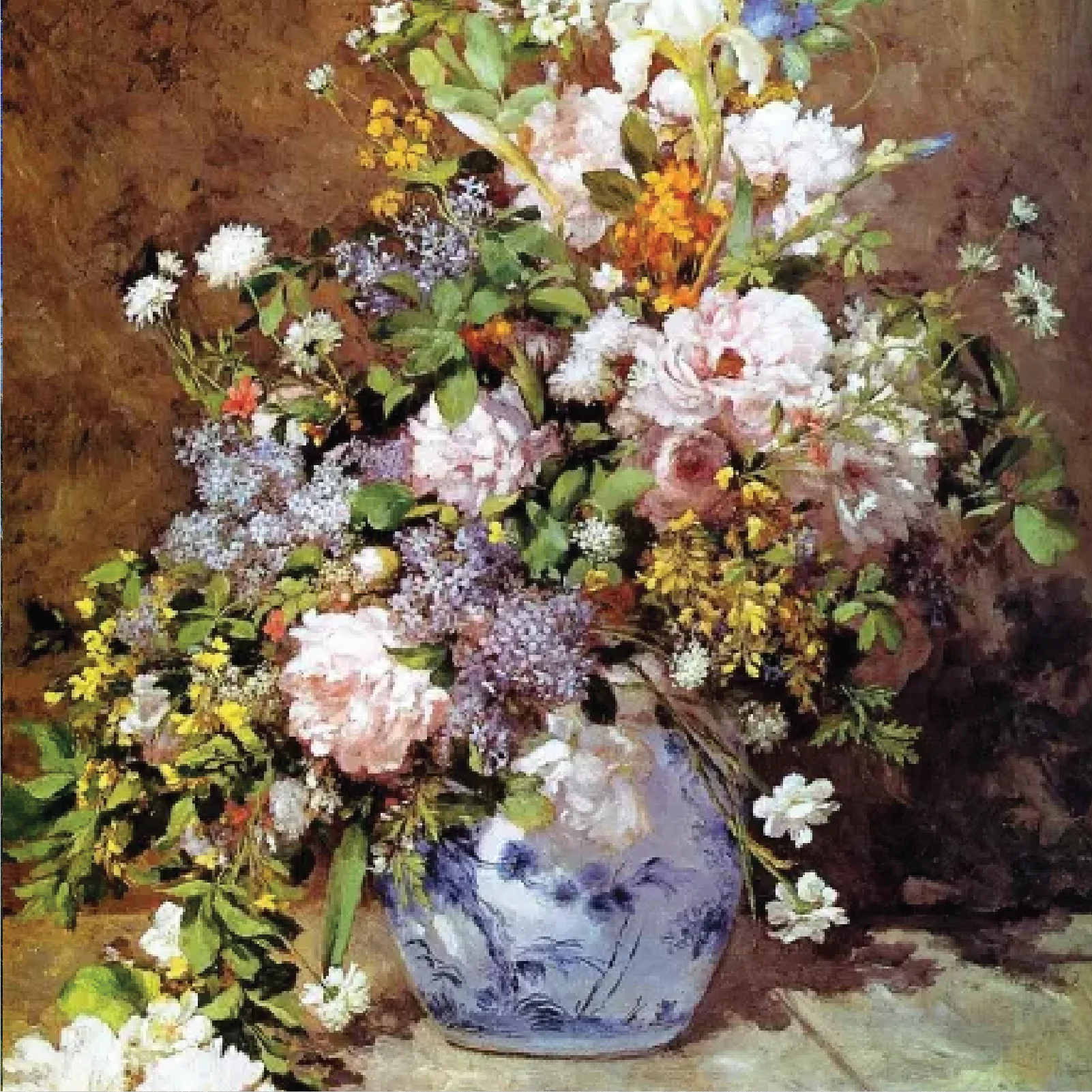Painting is a great way to express yourself. It's for novices and seasoned artists. Choosing the right paint can make a significant difference in your paintings.
Two popular forms of paint are water-based and oil-based. Each has its own set of advantages and disadvantages.
Let’s discover the pros and cons of each paint. This will help you determine which paint is oil-based or water-based. Knowing the differences will help you choose a quality paint for your next task.
Let’s dive in and spot what each type of paint has to offer!
Water-Based Paints
Water-based paints are a popular choice for many artists and homeowners. They are made with water as the main ingredient. This makes them different from oil-based paints.
Water-based paints, or acrylics and latex paints, use water to carry the pigment and binder. You can mix the paint with water to change its thickness and color.
Popular Types of Water-Based Paints
-
Acrylic paints are widely used by artists for their versatility and vibrant colors. They can be used on canvas, paper, wood, and more.
-
Latex paint is used to paint walls and ceilings in homes. They are durable and come in many finishes, like matte or glossy.
Water-based paints are great for beginners because they are easy to work with and clean up. They are also safer, as they don’t release harmful fumes. If you’re starting out or working on a quick project, water-based paints might be the perfect choice for you.
Pros of Water-Based Paints
Water-based paints have many benefits. These benefits make them a favorite among artists and DIY fans. Let's look at some of the reasons why you might choose water-based paints for your projects.
1. Easy to Use
Water-based paints can typically be dried fast. They mix well with water, so you can easily adjust the paint’s thickness. This makes them perfect for beginners who are still learning how to paint.
2. Quick Drying
One of the best things about water-based paints is that they dry quickly. This is great. You won't have to wait long to add another layer of paint or finish your project.
3. Simple Cleanup
After painting, cleaning up is a breeze. You only need soap and water to wash your brushes and tools. There’s no need for harsh chemicals, making cleanup safe and easy.
4. Low Odor
These paints don’t have a strong paint smell. This makes them pleasant to use, especially indoors, where strong odors can be a problem. You can paint without worrying about a lingering bad smell.
5. Paint Performance
These paints work on many different surfaces. You can use them on canvas, wood, paper, and even walls. This means you can use the same paint for different projects. It will save you time and money.
Cons of Water-Based Paints
While water-based paints have many benefits, there are also some drawbacks to consider. Here are a few reasons why water-based paints might not always be the best choice for every project.
1. Limited Blending Time
Water-based paints dry quickly, which can be a downside if you need more time to blend colors smoothly. Once the paint starts to dry, it becomes harder to mix colors together on the canvas.
2. Less Durable
These paints are not as durable. They can be more easily damaged by water once they are dry. This means your artwork might not last as long if it’s exposed to moisture.
3. Difficult to Achieve Realistic Effects
Creating certain artistic effects can be challenging with water-based paints. For example, it can be tough to achieve the same level of depth and realism that you can get with oil paints. This is because oil paints take longer to dry, allowing more time for detailed work and blending.
4. Not Ideal for All Surfaces
While water-based paints are versatile, they don’t work well on every surface. If you paint on a surface with oil-based paint, the water-based paint might not stick. This can lead to peeling or uneven coverage.
5. Can Be More Transparent
Water-based paints are more transparent. This means you might need to apply more layers to get the color you want. This can be time-consuming and might use up more paint.
Oil-Based Paints
These paints have been a favorite among artists for many years. They are known for their rich colors and smooth textures. Let’s learn more about what makes them special.
Oil-based paints require oil as the main ingredient to hold the pigment. This means the paint is thick and takes longer to dry. You can use paint thinner, but it will add to the extra cost.
Popular Types of Oil-Based Paints
-
Traditional oils are made with natural oils like linseed oil. They are popular for their classic look and feel.
-
Alkyd paints dry a bit faster than traditional oils. They are often used in fine art and home painting projects.
Pros of Oil-Based Paints
These paints have many great features that make them popular among artists. Here are some of the main reasons why you might choose these paints for your artwork.
1. Smooth Blending
One of the best things about these paints is how well they blend. The slow drying time lets you mix colors on the canvas. This creates smooth transitions and beautiful gradients. This makes it easier to achieve realistic effects.
2. Rich and Vibrant Colors
Since water-based paints dries fast, oil-based paints give deep, vibrant colors. These paints have powerful pigments. Your artwork will have bright, lasting colors that stand out.
3. Long Working Time
Since these paints dry slowly, you have more time to work on your painting. This is especially helpful for detailed work. You can change and blend colors without rushing with a finished result.
4. Durable Finish
Oil-based paints first expand and contract, which creates a tough, durable surface that resists scratches and wear. This makes them a great choice for artwork that you want to last a long time with a sheen finish.
5. Versatile Techniques
With oil-based paints, you can use various techniques to create different effects. The paints have thick, textured brushstrokes. They also have smooth, glassy finishes. oil-based paint creates a thick coat that protects the painting for a long time.
Cons of Oil-Based Paints
While oil-based paints have advantages, they also have some downsides. Here are some reasons why they might not always be the best choice.
1. Drying Process
One of the biggest drawbacks of oil-based paints is their slow drying time. It can take days or even weeks for the paint to dry completely. This means you have to wait a long time before you can add new layers or finish your project. You can also use solvent thinners to reduce drying time.
2. Strong Odor
Oil-based paints contain solvents, which make their paints smell so strong. This odor is not good for human health and not better for the environment. If you are using them, you need good ventilation.
3. Difficult Cleanup
Cleaning up after using oil-based paints is more challenging. You need special solvents like turpentine or mineral spirits to clean your brushes and tools. This can be messy and requires extra care.
4. Health Risks
The solvents in oil-based paints are harmful and can cause headache. They can cause skin irritation. It's important to use these paints in a well-ventilated area and avoid UV rays.
5. Environmental Concerns
Temperature changes affect the oil paintings. These are not as environmentally friendly as water-based paints. These paintings are not good for extreme temperature areas. The solvents used in them can be toxic and are unsafe to pour down the drain. Proper disposal is necessary, which can be inconvenient.
Choose the Right Paint for your project!
Applying paint is not easy. Choosing the right paint for your projects depends on your needs and goals. Water-based paints dry quickly. They are great for their quick drying time, easy cleanup, and safety. This makes them perfect for beginners and quick tasks. Oil-based paints offer rich colors. They also have smooth mixing and durability, making them ideal for detailed, long-term works of art.
Think approximately what’s most critical in your task. Determine whether you want rapid outcomes and clean cleanup. Or do you need rich colours that are capable of being blended easily? Knowing the good and bad of each paint type will help you choose well for your art.
Do you love oil painting reproductions? Do you want to buy works by famous painters at good prices? Art & See is the place for you. They offer high-quality, cheap oil reproductions. They also offer more tips on painting. Visit Art & See to explore their collection and find the perfect addition to your art journey. Happy painting!
FAQs
1. Can water-based paints be used on top of oil-based paints?
No, water-based paints generally do not adhere well to surfaces previously painted with oil-based paints. The paint may peel or create an uneven finish.
2. Do oil-based paints always turn yellow over time?
No, not all oil-based paints will turn yellow over time. Some high-quality oil paints resist yellowing, but it's still a common issue, especially if the painting is in a dark place.
3. Are water-based paints suitable for outdoor use?
Water-based paints are only sometimes the best choice for outdoor projects. Compared to oil-based paints, they can be less durable in harsh weather conditions.
What is the difference between oil-based and water-based paints?
Oil-based paints use oil as a binder, providing a durable finish, while water-based paints use water, making them easier to clean and more environmentally friendly.
What are volatile organic compounds (VOCs), and why are they important in paint selection?
VOCs are chemicals that evaporate into the air from paint, affecting indoor air quality. Water-based paints typically have lower VOC levels, making them a safer choice for indoor use.





























